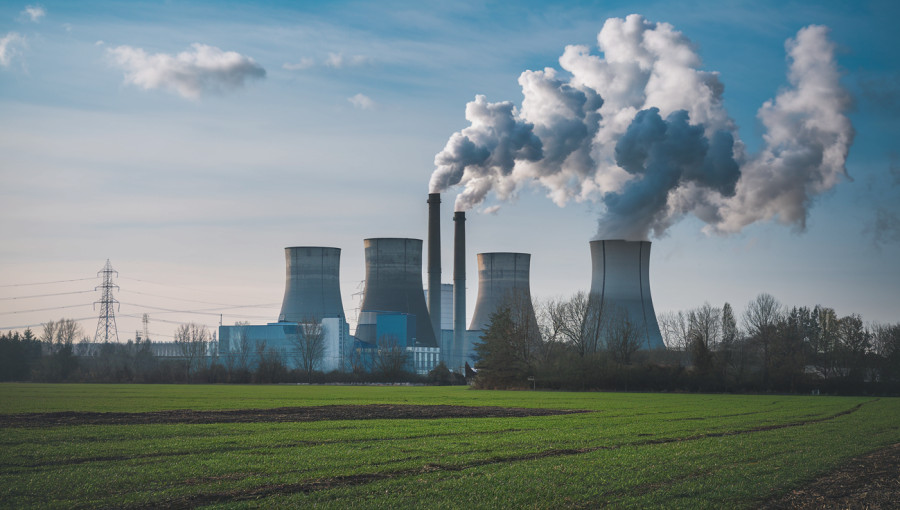Australia is making substantial progress towards a fully renewable power grid, capturing the aspirations of climate advocates globally. The Australian Energy Market Operator (AEMO), overseeing the National Electricity Market—which supplies electricity to around 90% of customers—has been researching viable options to transition from aging coal power. AEMO CEO Daniel Westerman emphasized the shift is driven by market demands rather than legislative mandates, predicting a significant reduction in coal generation by 2035 and a possible future milestone of operating the grid without coal altogether.
Over the past five years, the AEMO has focused on practical strategies to enhance Australia’s energy landscape amid declining coal capacity. With coal representing 46% of electricity generation against renewables at about 35%, the transition is anticipated to occur rapidly as older coal plants reach the end of their operational life. Westerman shared his belief that Australia is poised to achieve 100% renewable energy faster than many other nations, attributing its favorable geographic and market conditions as key advantages.
Notably, Australia is endowed with abundant sun and wind resources, enabling a surge in renewable installations. The National Electricity Market recently recorded an impressive run where over 77% of its generation was renewable for a brief period. States like South Australia are effectively exporting surplus renewable energy, while the prevalence of rooftop solar installations highlights national enthusiasm towards this energy transition.
Despite this momentum, significant challenges remain. Westerman pointed out the need for new technologies to replace the essential grid services traditionally provided by coal plants. This involves creating mechanisms capable of sustaining grid stability without relying on fossil fuels. He noted that while batteries could fulfill some system needs, more traditional solutions—such as installing clutches on existing gas plants—could also help in the transition.
In addition, innovative projects like those from start-ups such as Hydrostor are paving the way for long-duration energy storage systems. These initiatives are designed to provide stability for local power grids, ensuring reliable energy delivery even when renewable sources experience downtime. Overall, the collaborative spirit among stakeholders in Australia supports an optimistic outlook on achieving a sustainable energy future, as exemplified by a proactive attitude towards overcoming existing hurdles.

